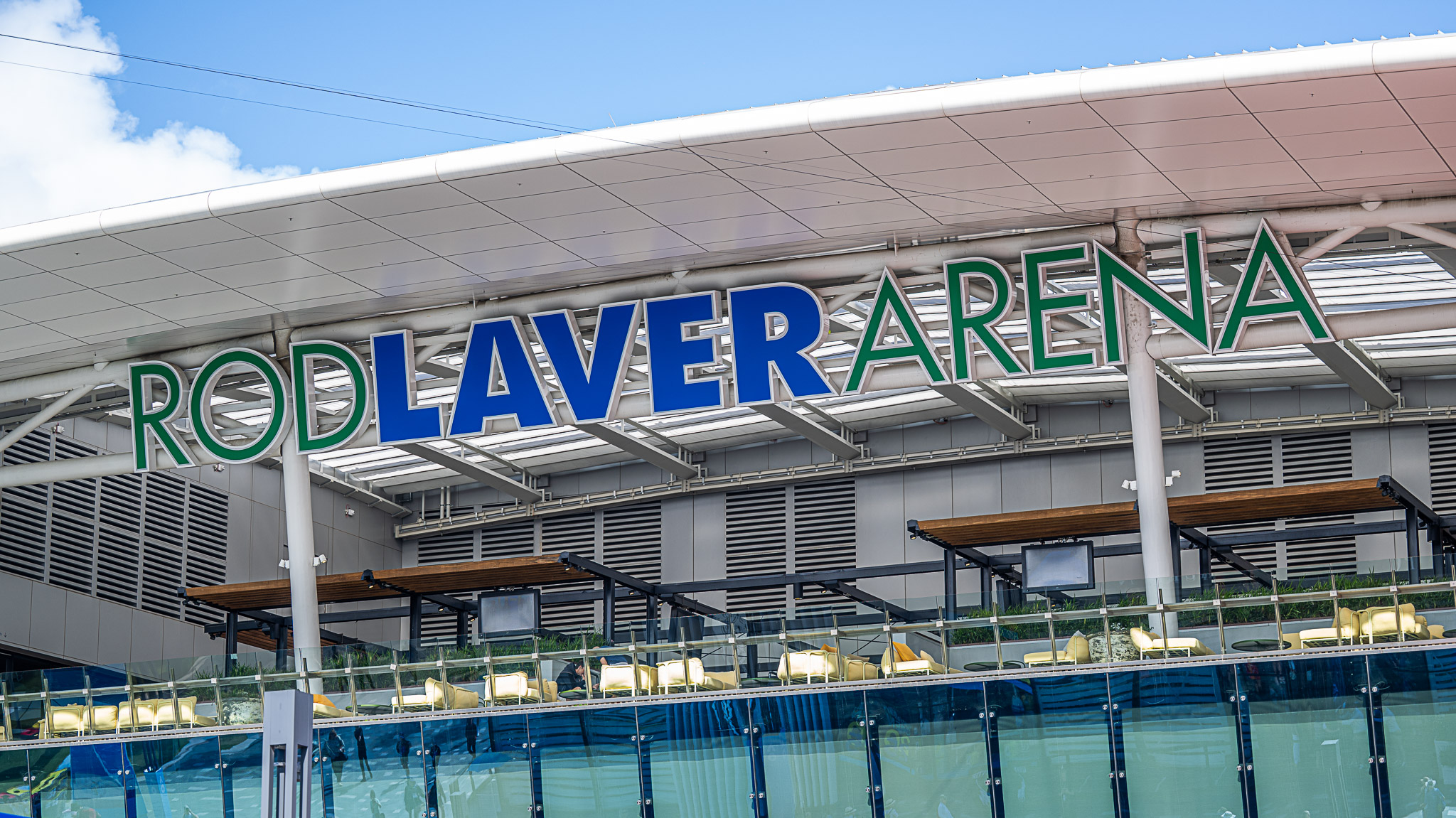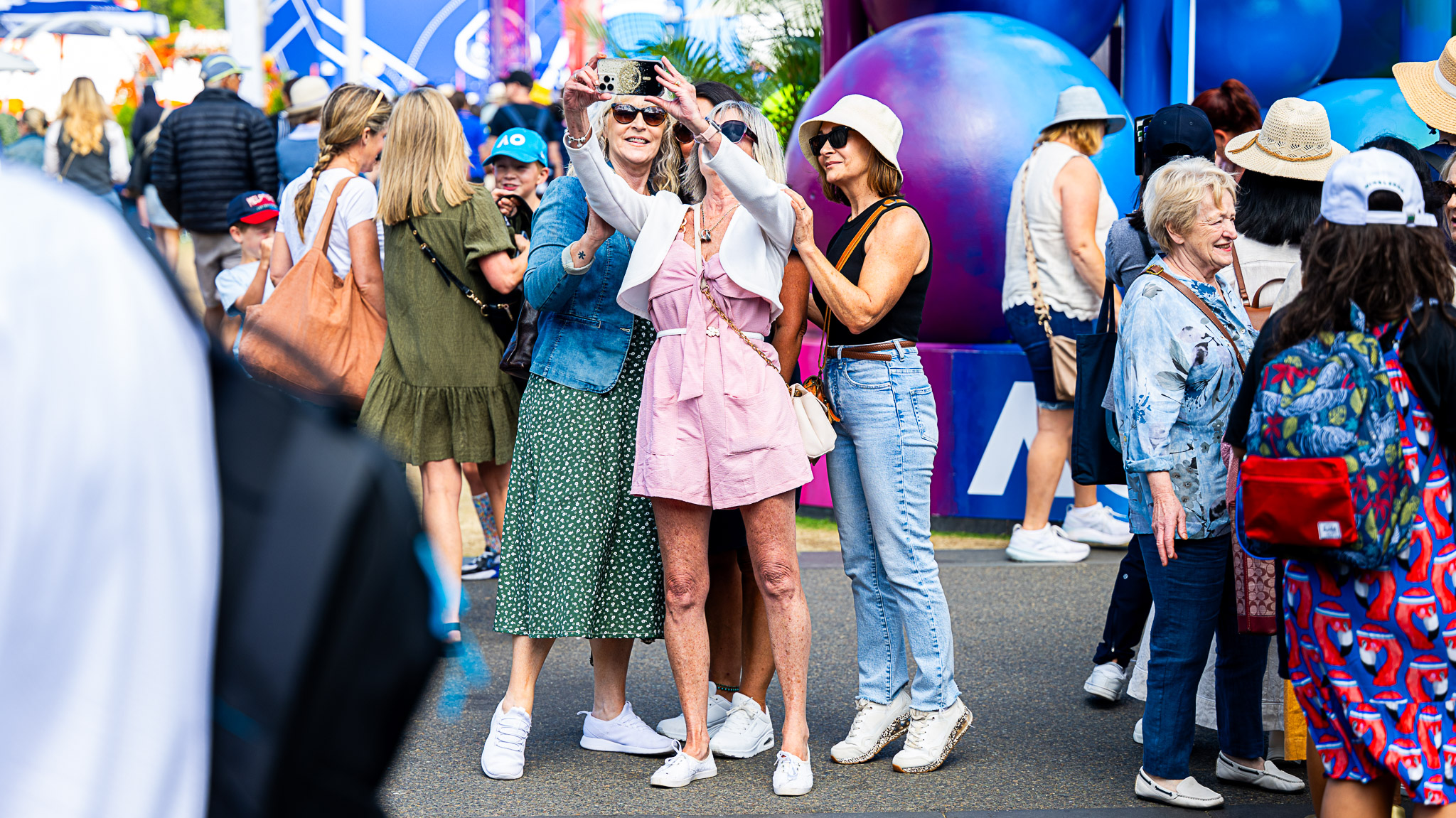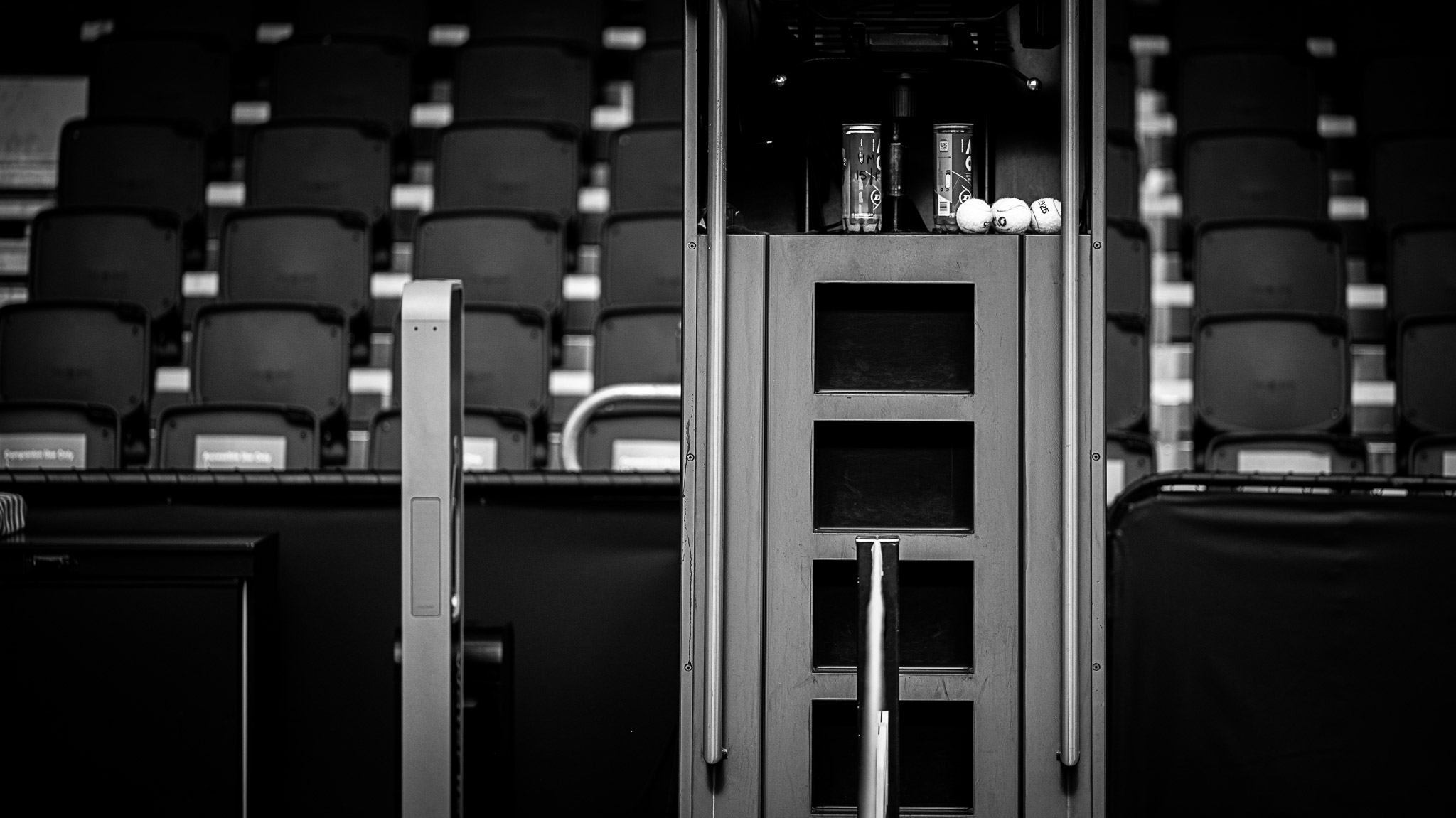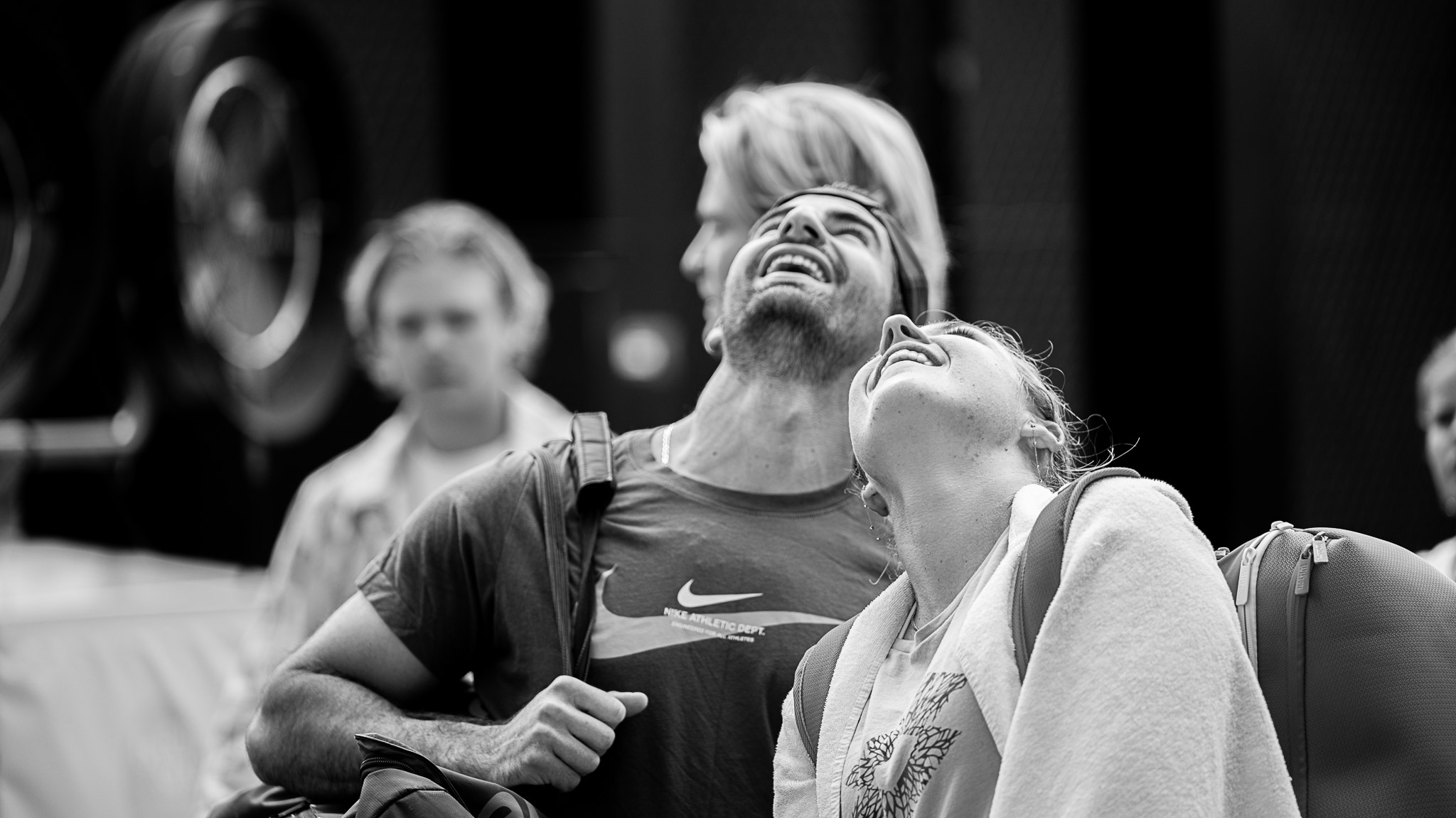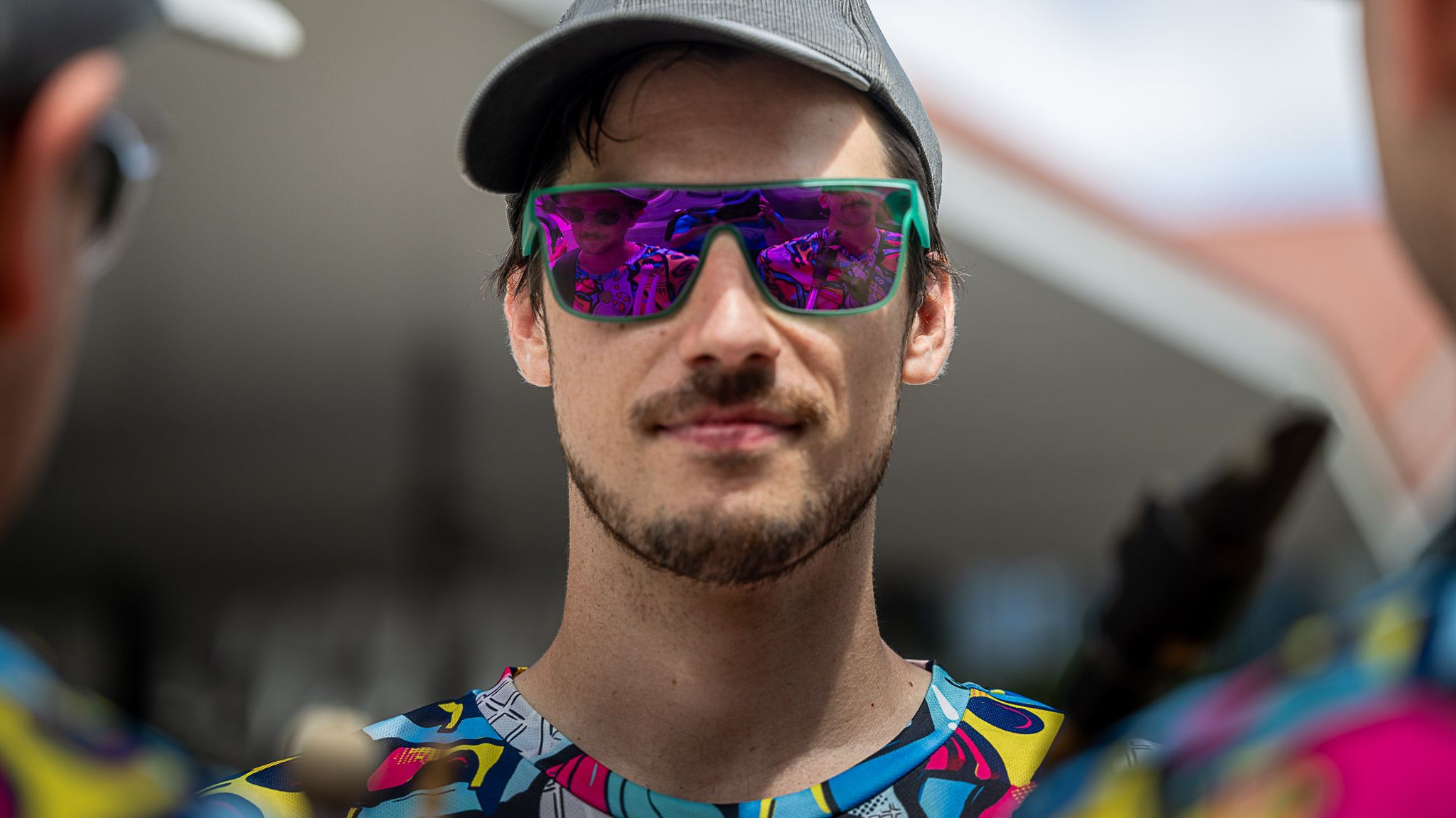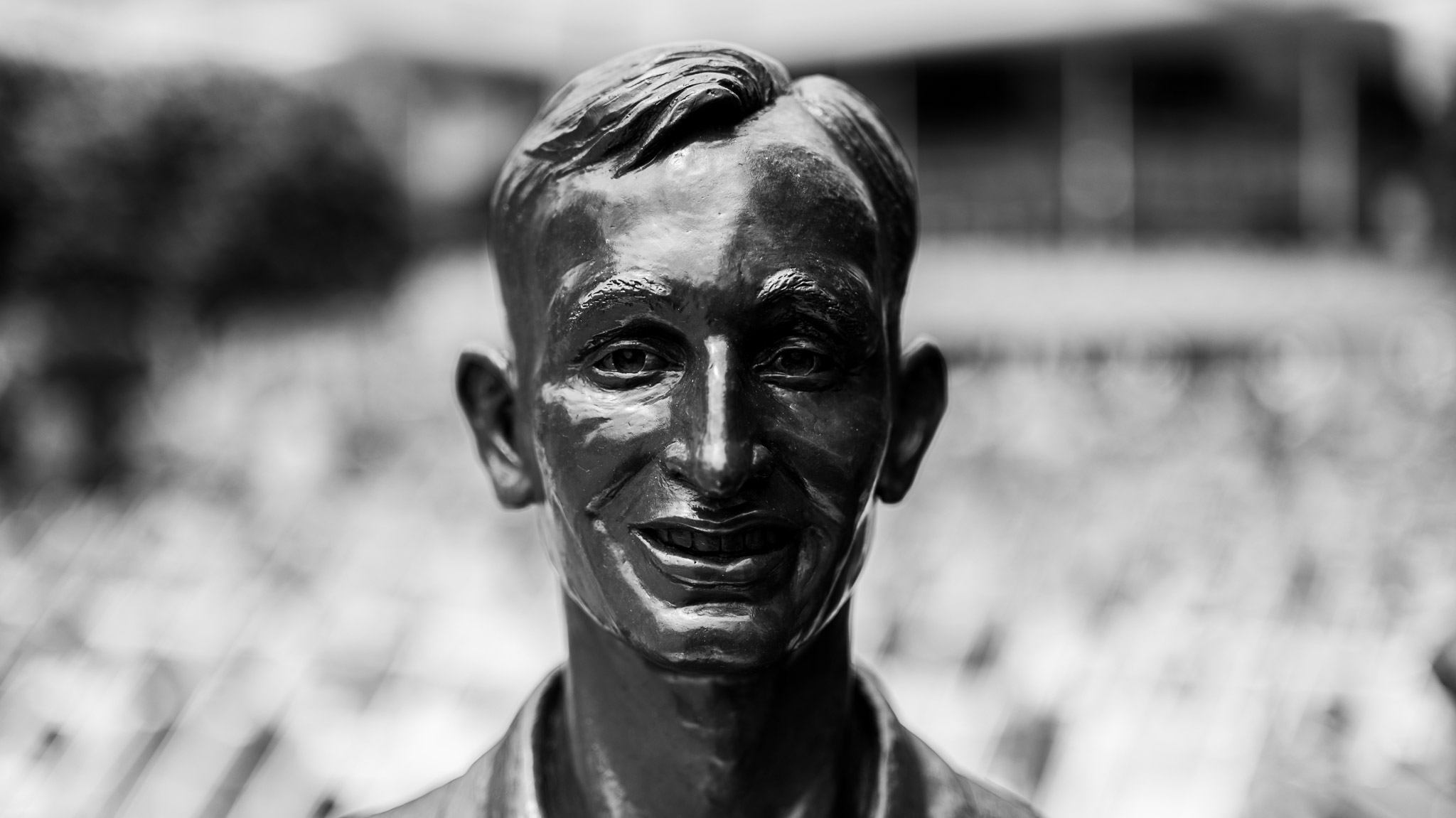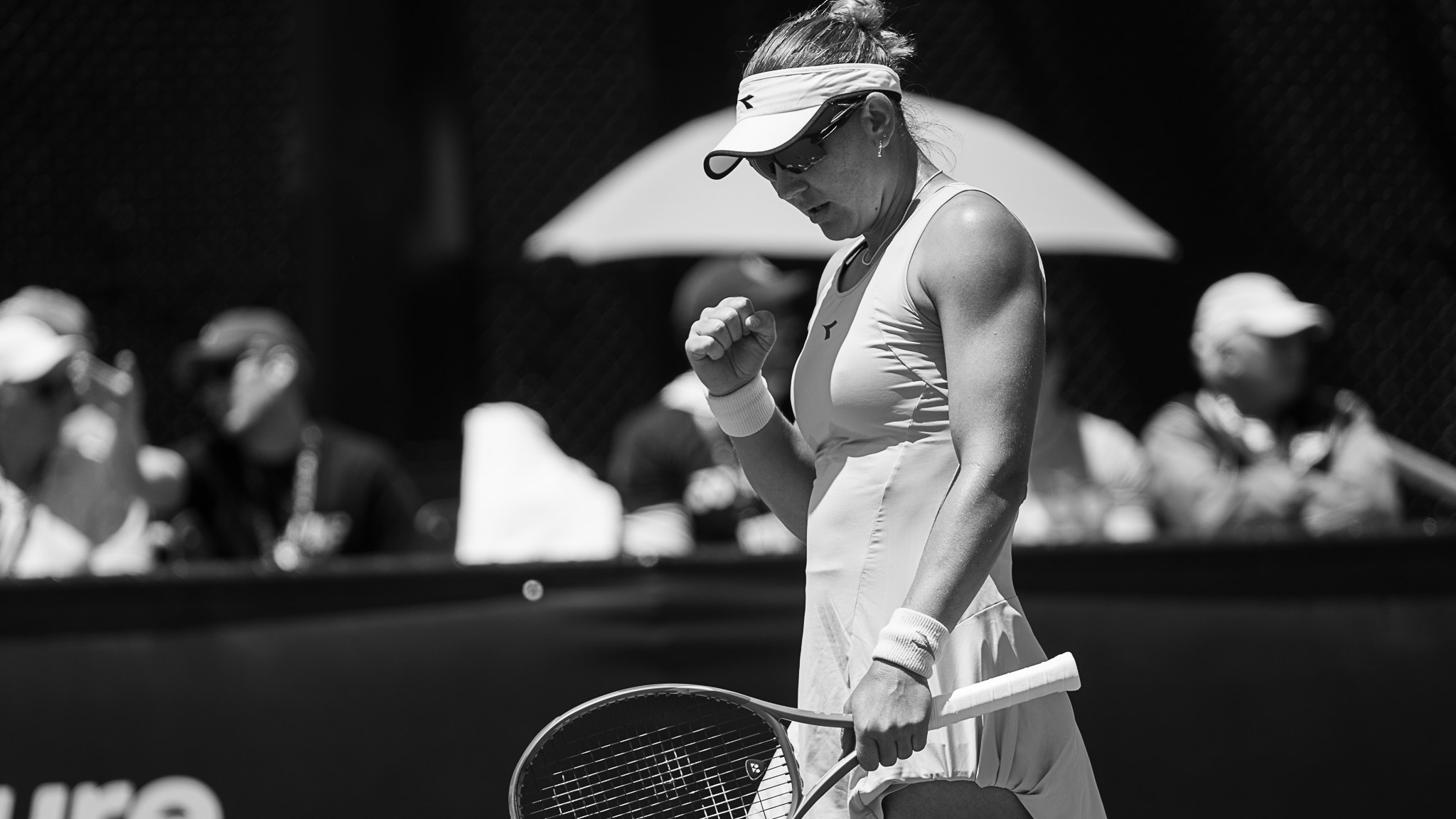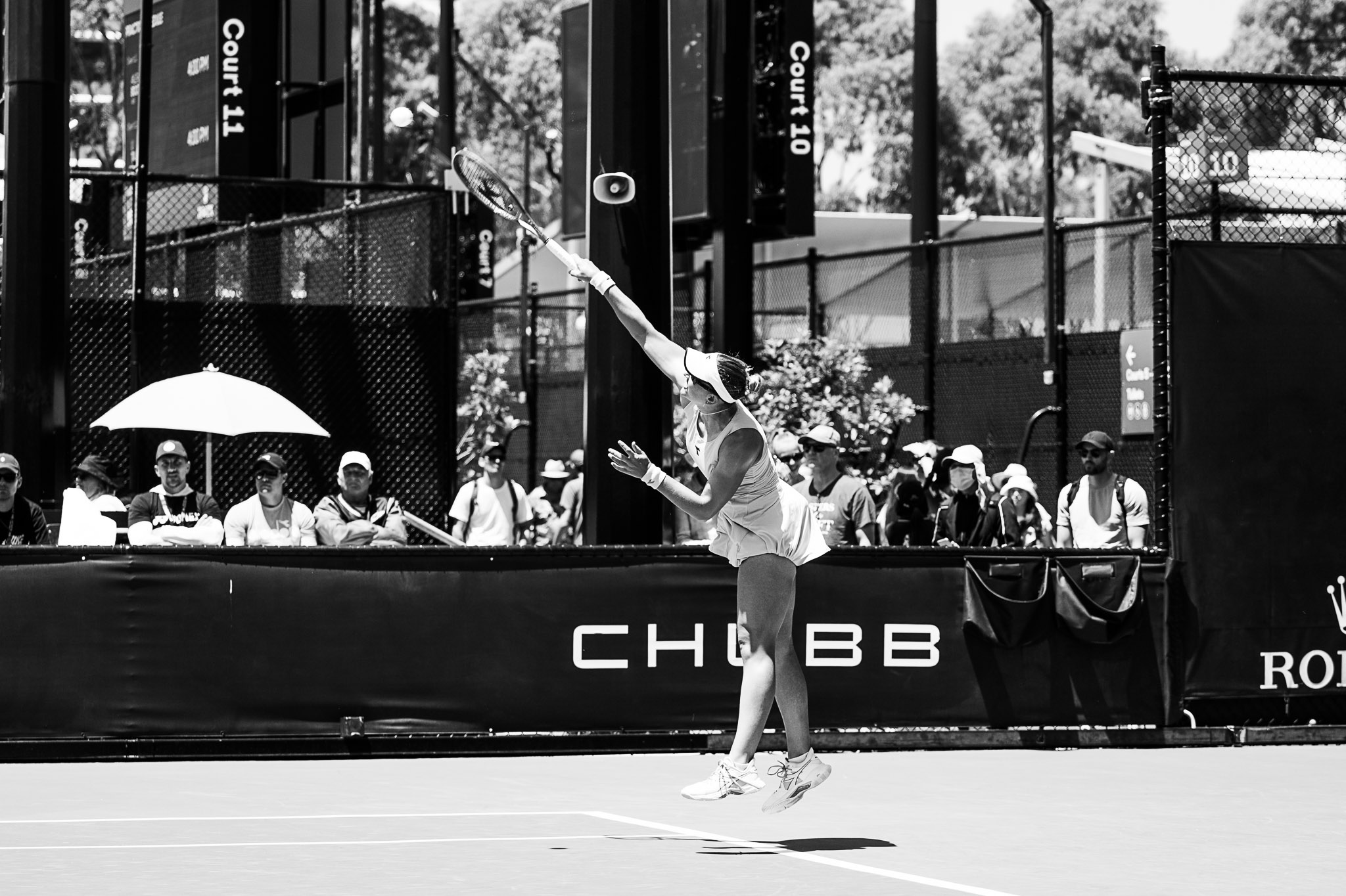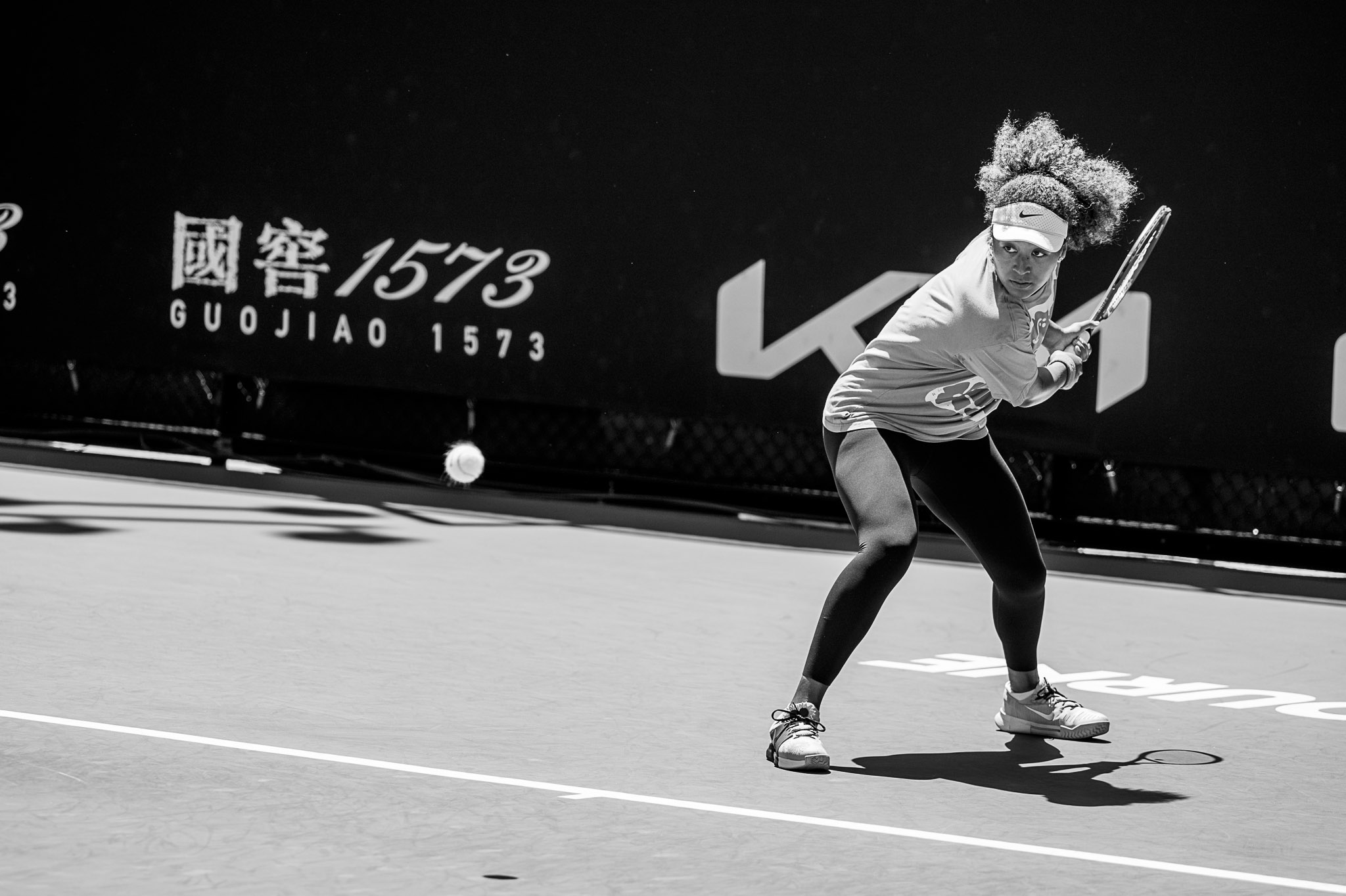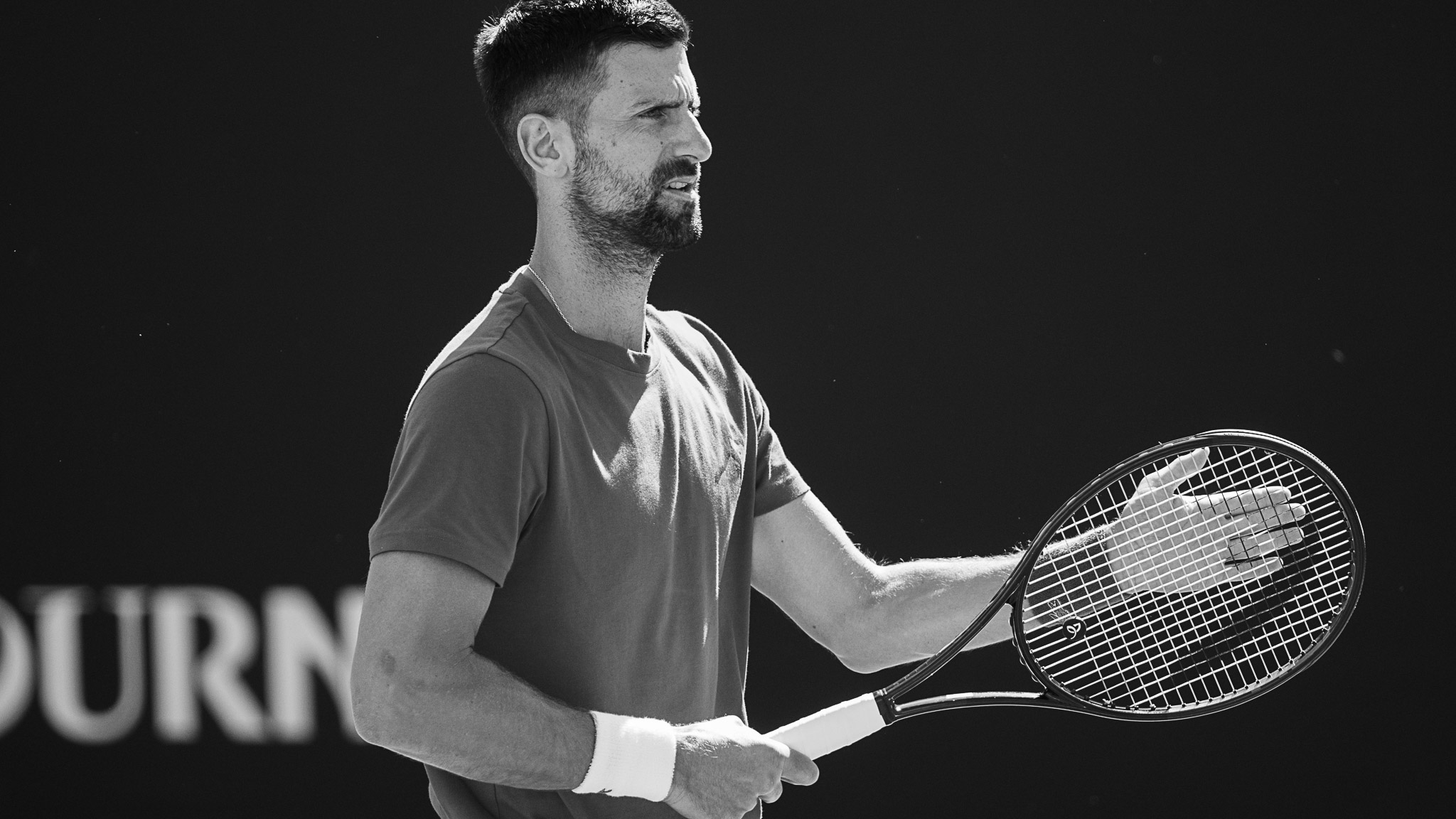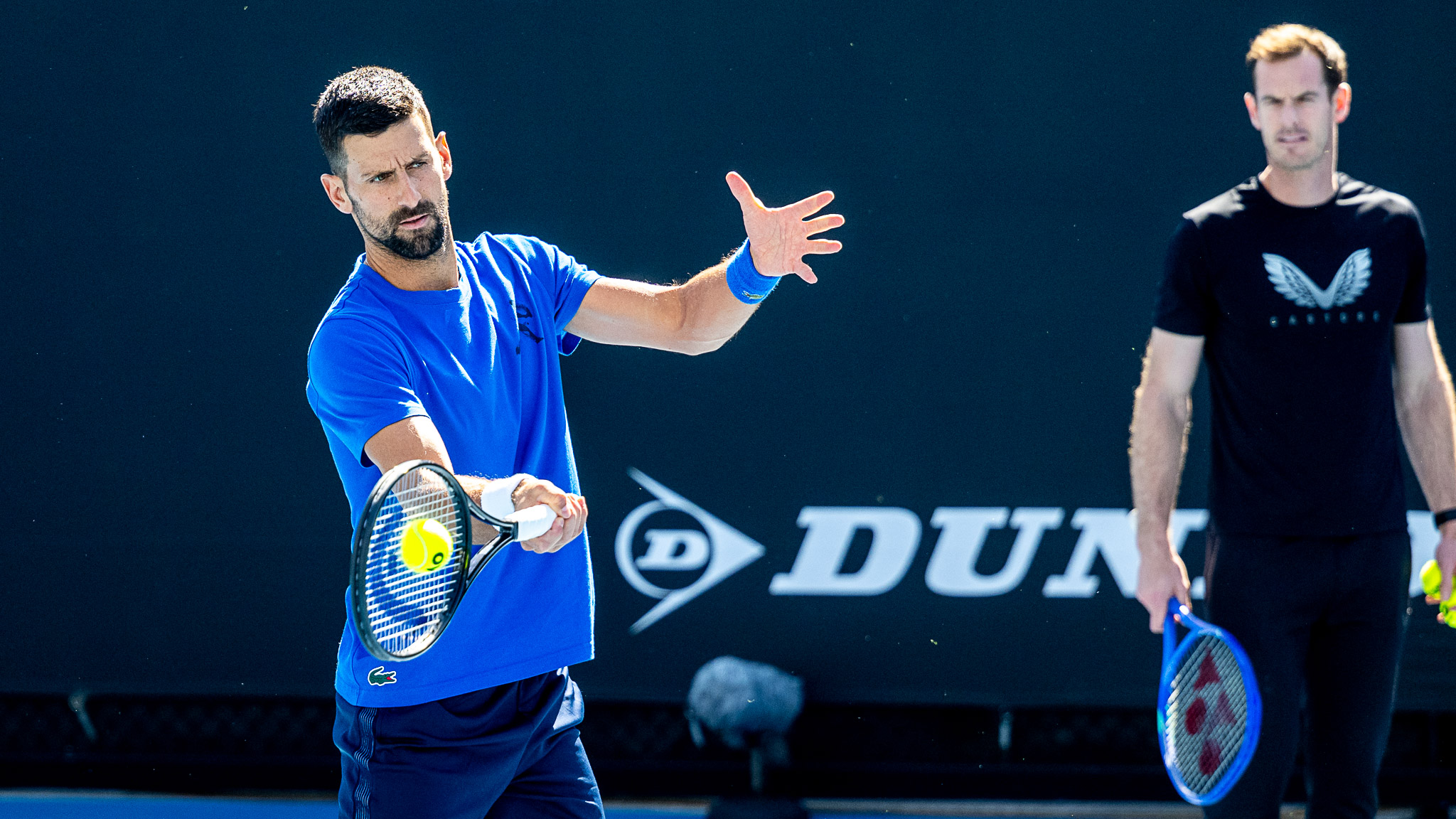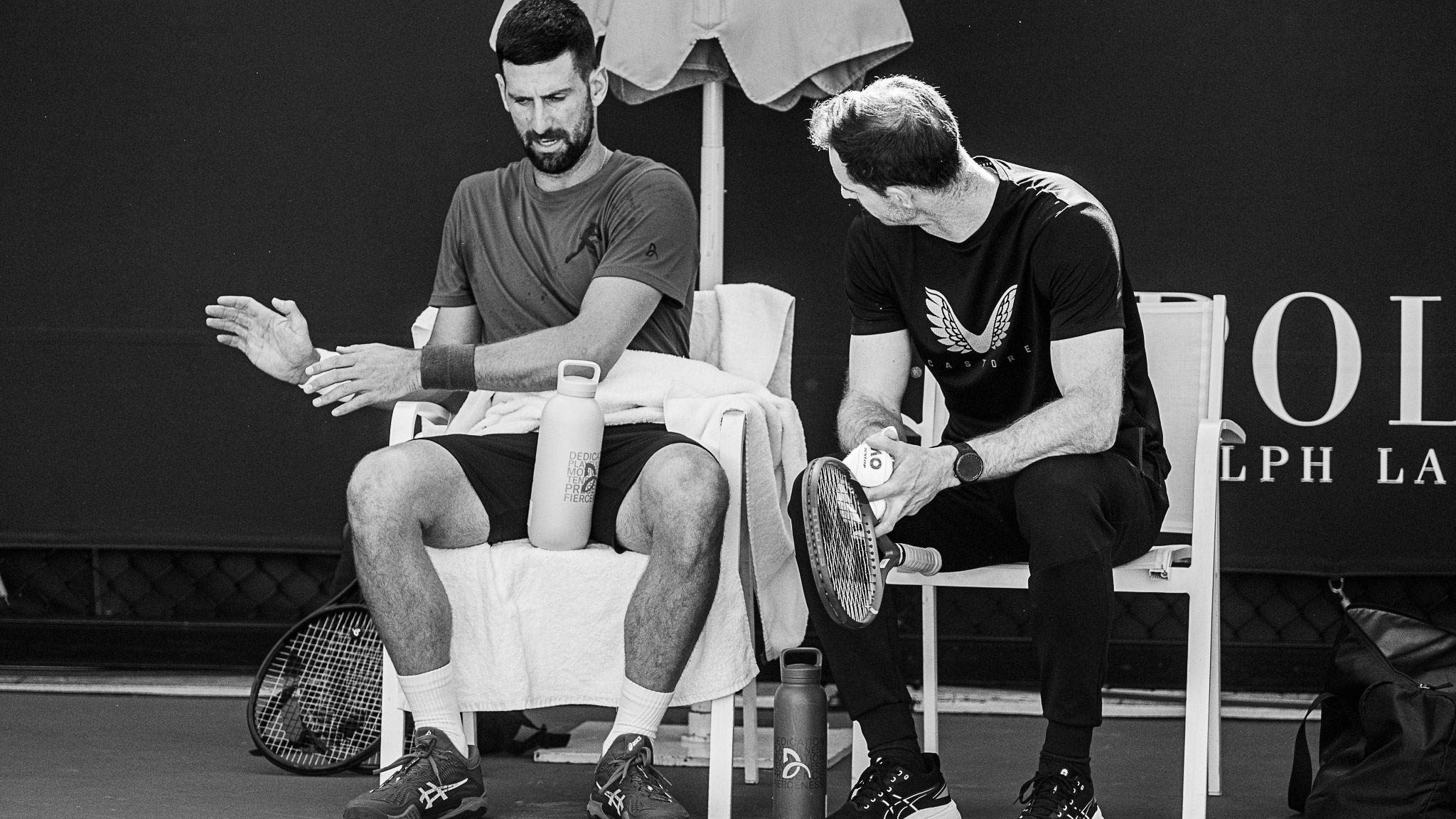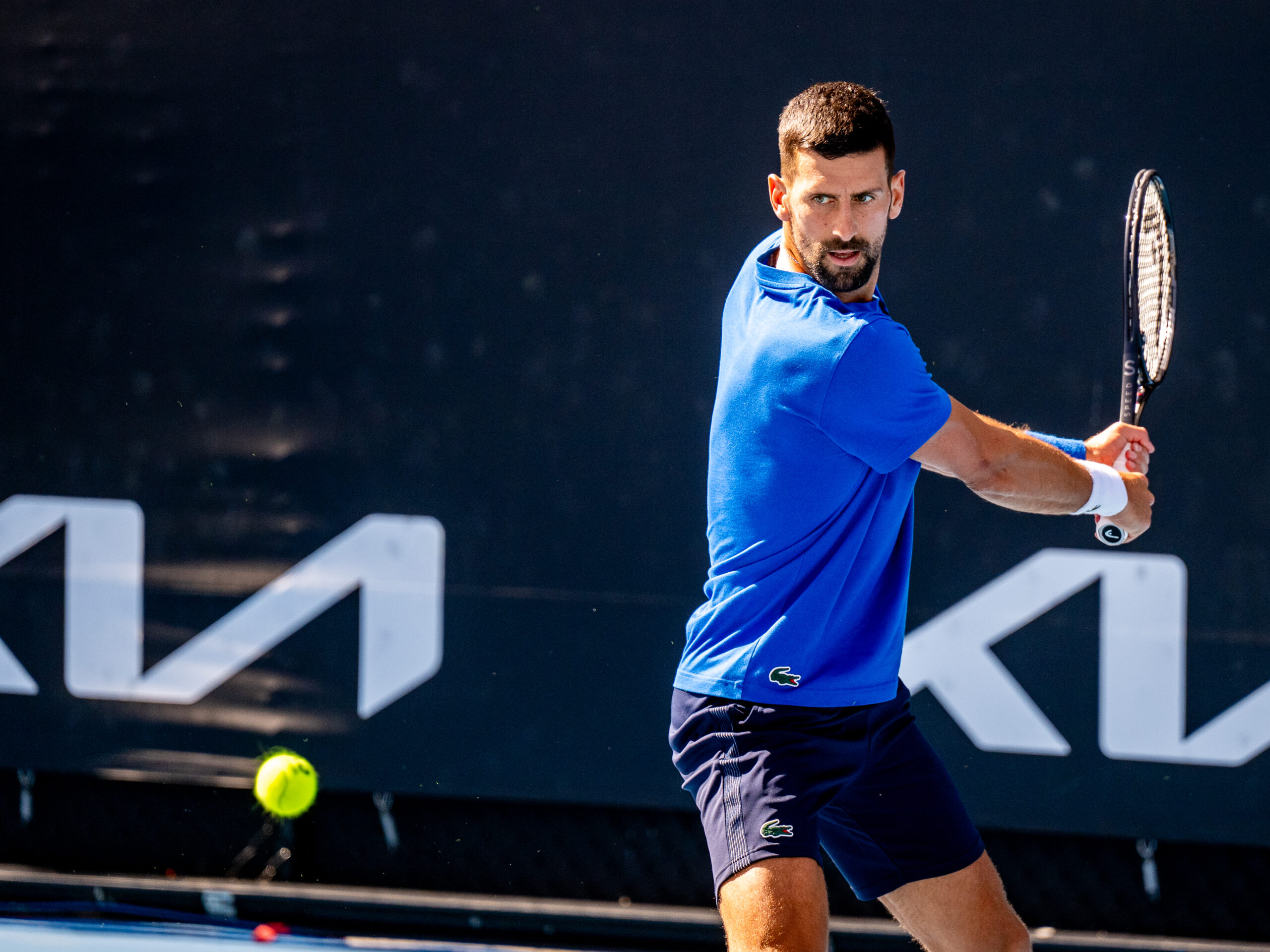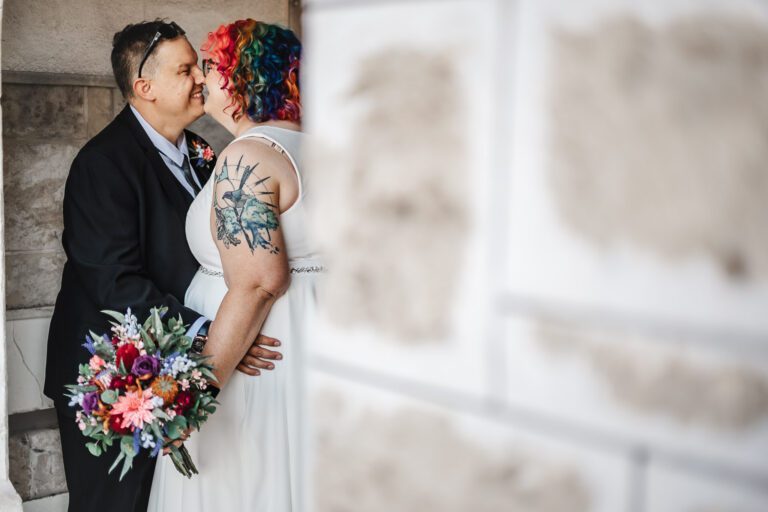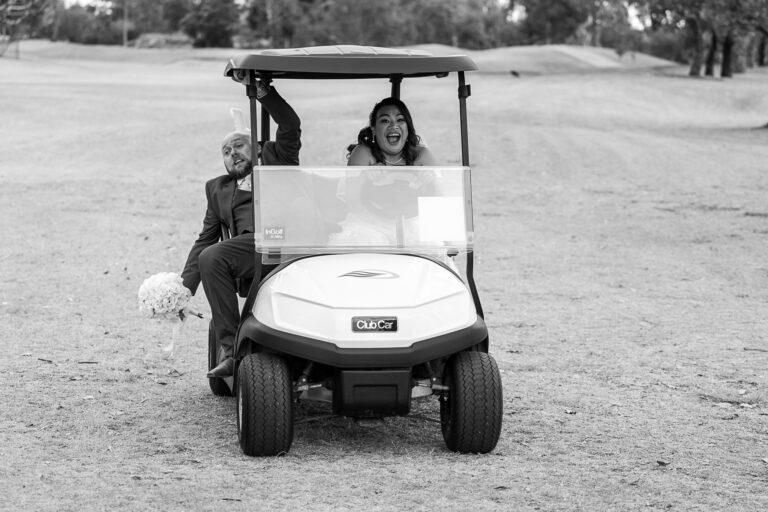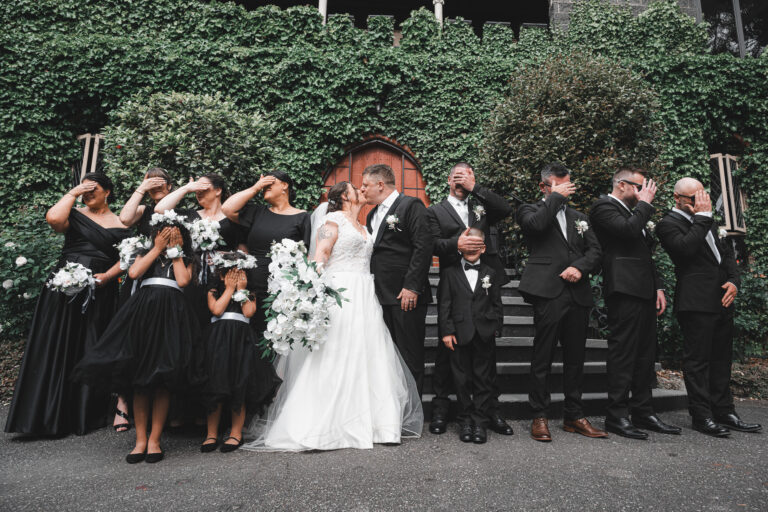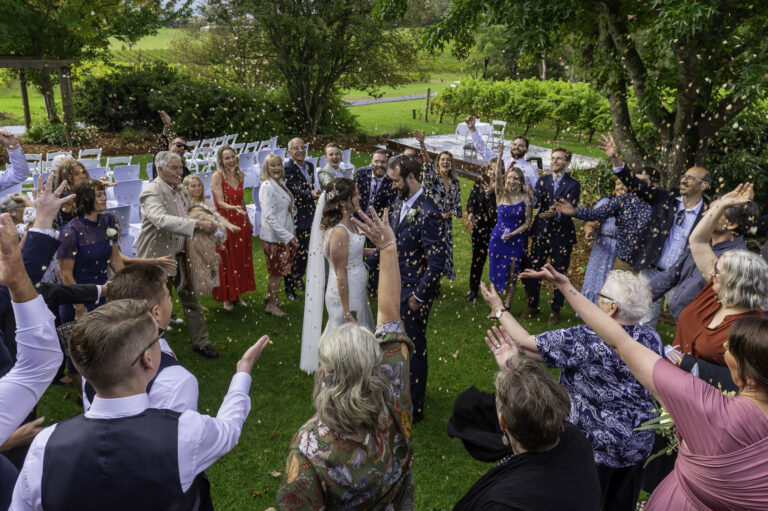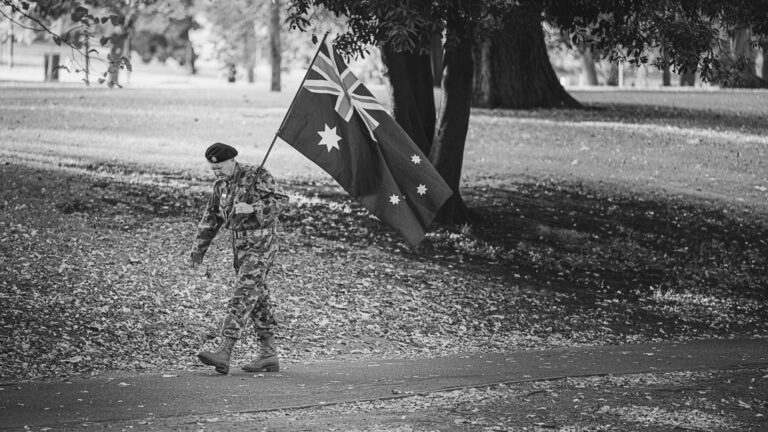My Annual Australian Open Adventure
Every January, like a moth to a very expensive, sun-drenched flame, I find myself making the pilgrimage to Melbourne Park for the Australian Open. It’s become something of a tradition – part photography mission, part people-watching expedition, and entirely an excuse to eat overpriced tennis food while pretending I understand why everyone gets so worked up about someone hitting a fuzzy yellow ball really, really hard.
This year’s adventure started like they all do: me arriving with only one camera and a couple of lenses, wondering if I’ve packed the right lens for capturing the perfect “disappointed tennis parent” expression from the stands. Because let’s be honest, that’s half the entertainment right there.
My usual approach is refreshingly unstructured – I simply walk around observing the people and the players (who are also people). It’s the photographic equivalent of jazz improvisation, except with more sunscreen and less artistic credibility. But sometimes the tennis gods smile upon you, and this year they delivered in spectacular fashion.
I’d wandered past the practice courts when I spotted the schedule board. Naomi Osaka followed by Novak Djokovic. It was like discovering you’d accidentally bought a winning lottery ticket. Suddenly my casual “let’s see what happens” afternoon had transformed into a photographer’s dream lineup.
First up was Osaka, and watching her practice is like witnessing poetry in motion with a serve that could probably dent a small car. There’s something mesmerizing about elite athletes at work – the repetition, the precision, the casual way they do things that would send the rest of us to the emergency room. Every shot felt like capturing lightning in a bottle.
But here’s where things got interesting. Djokovic was scheduled next, and I had a choice: pack up and wander off to hydrate, or commit to what I knew would be at least a two-hour wait to secure front-row access. Now, I’ve spent plenty of time waiting for the perfect shot – I once crouched in front of a turtle for five minutes until he raised his head just that fraction higher. But two hours in the Australian summer heat? That’s commitment bordering on madness.
The thing about waiting at tennis practice courts is that you become part of an unofficial club of the dedicated, the obsessed, and the slightly unhinged. There’s the woman with the homemade sign, the statistics guy with his notebook, and then there’s me, mentally calculating angles while trying not to melt into the concrete.
Two hours is a long time to contemplate your life choices and observe the fascinating tennis crowd ecosystem. You’ve got the serious fans dressed for Wimbledon 1952, the Instagram enthusiasts focused on selfies, and photographers like me documenting it all with wedding-level attention to detail.
When Djokovic finally emerged, those two hours suddenly felt like the smartest investment since I discovered batch editing. Having warmed up with Osaka’s session, I was ready to capture something special. Front row access meant documenting not just the obvious power shots, but also the quieter moments – the concentration between points, brief interactions with his team including his coach at the time, Andy Murray.
The shots from both sessions were everything I’d hoped for. From Osaka’s fierce determination to Djokovic’s calculated intensity, the whole day felt like a masterclass in sports photography.
Of course, explaining why you spent your day voluntarily baking in the sun is like explaining why you wait far too long for a turtle to raise its head. It makes perfect sense when you’re holding the camera, sounds mildly insane over dinner.
But that’s the beauty of this annual tradition – sometimes incredible luck means discovering your photographic jackpot on the schedule board.
They’re probably right about photographers taking things too seriously. But have you seen my Djokovic shots?
Click here for information on wedding photography.
